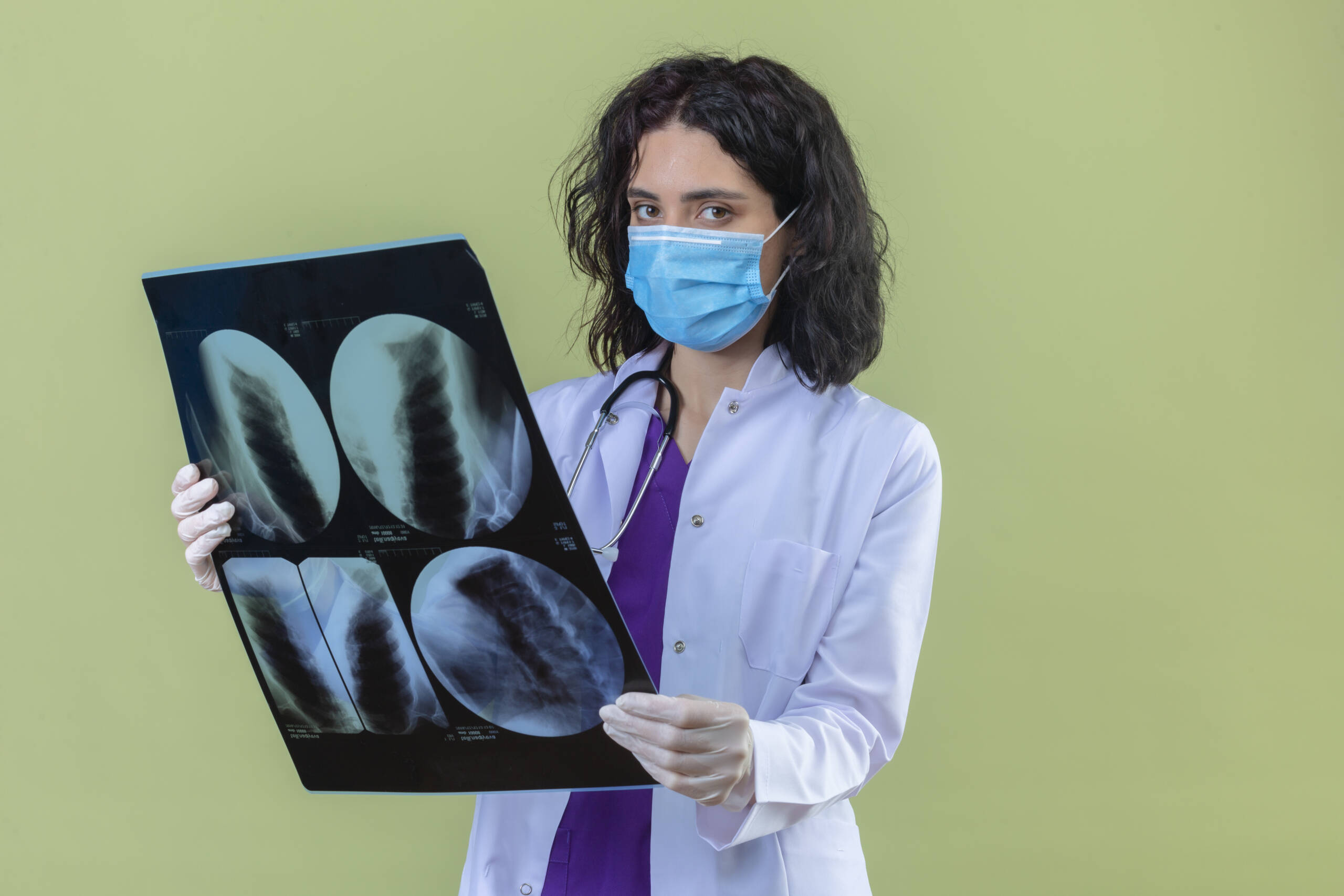
Breast imaging plays a crucial role in the early detection and diagnosis of breast abnormalities, including breast cancer. These imaging techniques provide detailed visualization of the breast tissue, aiding healthcare providers in identifying any suspicious changes or lesions.
Common breast imaging modalities include mammography, ultrasound, and magnetic resonance imaging (MRI). Mammography utilizes low-dose X-rays to capture images of the breast tissue, serving as the primary screening tool for breast cancer in asymptomatic individuals and aiding in the evaluation of breast abnormalities detected clinically. Ultrasound employs sound waves to produce images of the breast, offering additional information about the characteristics of breast masses or lesions. MRI utilizes powerful magnets and radio waves to generate detailed images of the breast tissue, particularly useful for assessing the extent of disease in individuals with a high risk of breast cancer or those with dense breast tissue.
These imaging techniques enable healthcare providers to detect breast abnormalities at an early stage, facilitating prompt intervention and improving patient outcomes. Regular breast imaging is essential for women of all ages, particularly those at higher risk of developing breast cancer, as it plays a critical role in early detection and management strategies.

